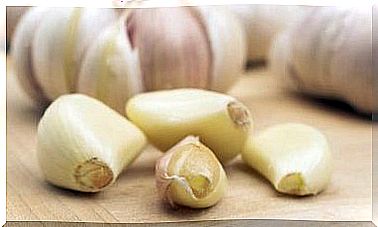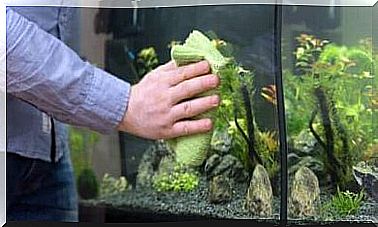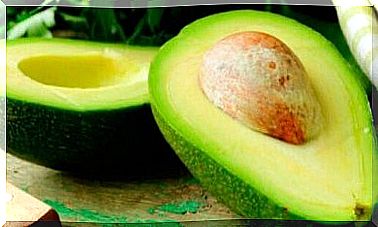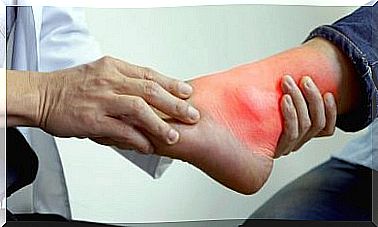Tea Tree Oil Against Fleas And Ticks

Pets provide an atmosphere of peace and happiness for the whole family. However, sometimes they are bothered by fleas and ticks. We will tell you how to use the properties of tea tree oil to combat this problem.
Flea and tick infestations are common if you don’t maintain proper hygiene for your pets. However, even if you keep them very clean or indoors, these pesky parasites can still crop up.
During the summer season, high temperatures allow fleas and ticks to reproduce easily. These insects are very small and tend to live in colonies.
They feed mainly on the host’s blood, where they attach to the skin and leave small bumps where they have bitten the host.
Diseases transmitted by fleas and ticks
These parasites can cause inflammation and itching at the site of the bite in humans. Having them at home can lead to an increased risk of contracting certain diseases that can be very harmful to health.
Erquiliosis
Erlichiosis is transmitted by ticks (English link). It can be fatal to pets and is a very serious disease when it affects humans. It usually manifests itself with fever, joint pain and blood disorders. It can lead to excessive bleeding because it reduces the number of platelets, making wounds less able to clot.
bubonic plague
This disease is transmitted by fleas. Among the symptoms are high fever and inflammation of the neck and axillary ganglia. It can also endanger the respiratory system of those affected and requires emergency hospitalization.
Skin diseases

A simple flea bite can cause allergic dermatitis. In addition, blisters or infected pustules can also develop. In general, it is important to be vigilant and alert to the presence of these unwanted guests.
Fortunately, there are some natural treatments that can help reduce the risks. Tea tree oil has certain properties that can help to solve this problem. Today we will discuss the benefits and treatments of this natural oil.
What is tea tree oil?
Melaleuca alternifolia, or the tea tree, is a plant native to Australia. It is a small shrub that has small, thin leaves, white flowers and a pleasant aroma.
Tea tree oil is extracted from this plant and has medicinal properties. It is often used to fight acne and treat other aesthetic conditions.
The properties of tea tree oil

The oil extracted from the tea tree is transparent. It is known for its distinctive aroma, along with the many chemical components that give the oil antibiotic and antiseptic properties. However, it is toxic when taken orally, so internal use for humans or pets is not recommended.
However, the intense scent of this oil will repel fleas and ticks from the pet’s skin. You can observe them directly or within minutes on the floor. Here’s how you can use it:
- Add a few drops of this oil to a cup of warm water (250 ml).
- Then add this mixture to your pet’s regular shampoo.
- This provides an effective natural tonic. Use it when you bathe your pet and you will see the fleas and ticks jump off!
Does it really help to get rid of fleas and ticks?
Yes, tea tree oil is a good natural way to control these pests cheaply and naturally. However, be careful. You should not apply the pure oil directly to the skin as it can cause a severe allergic reaction.
- It is best to apply this treatment daily for a week, until no more fleas are observed.
- This treatment can also be applied to clothing, furniture and mattresses. It is great for house cleaning and you can use it weekly to keep your home free of fleas and ticks.
This is an easy method to combat these pesky pests. Tea tree oil has amazing health benefits for both your pet and your family.









